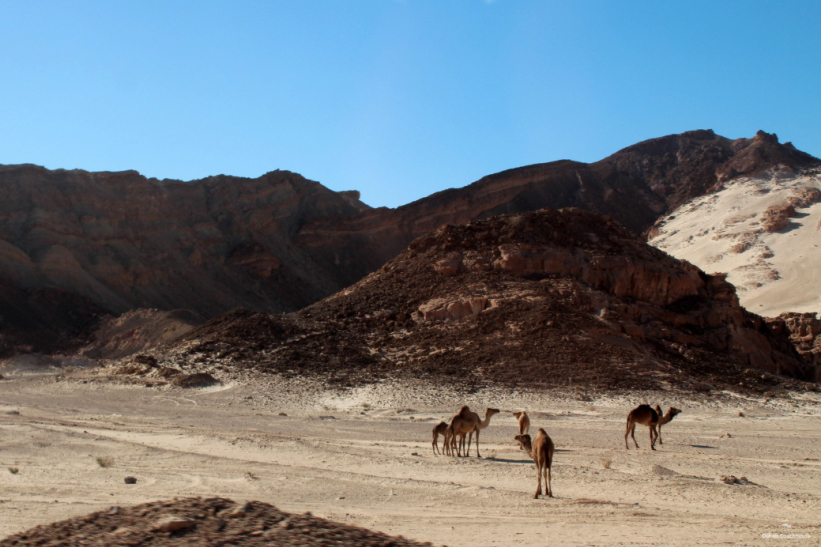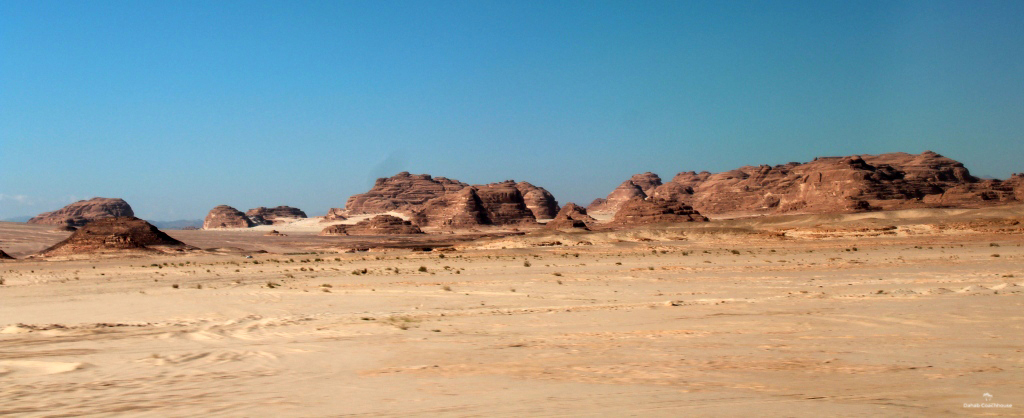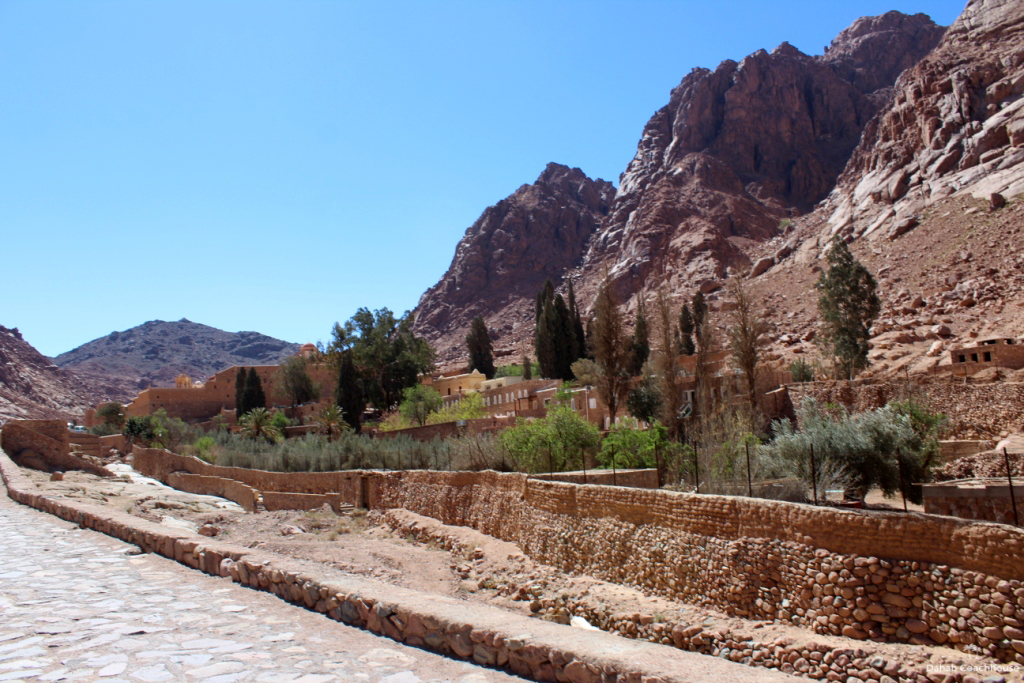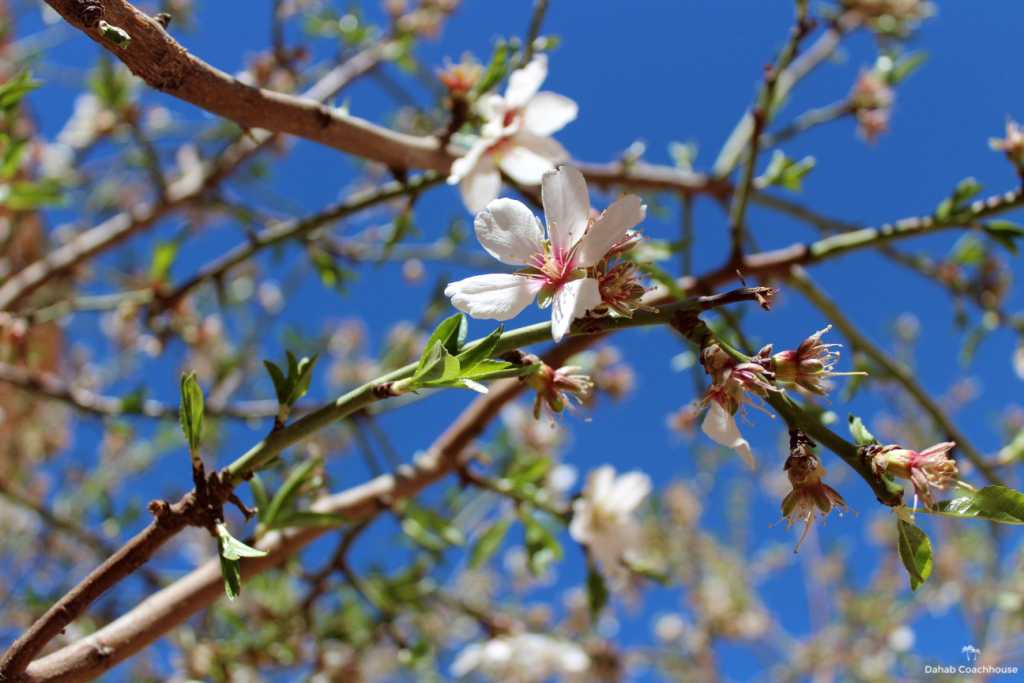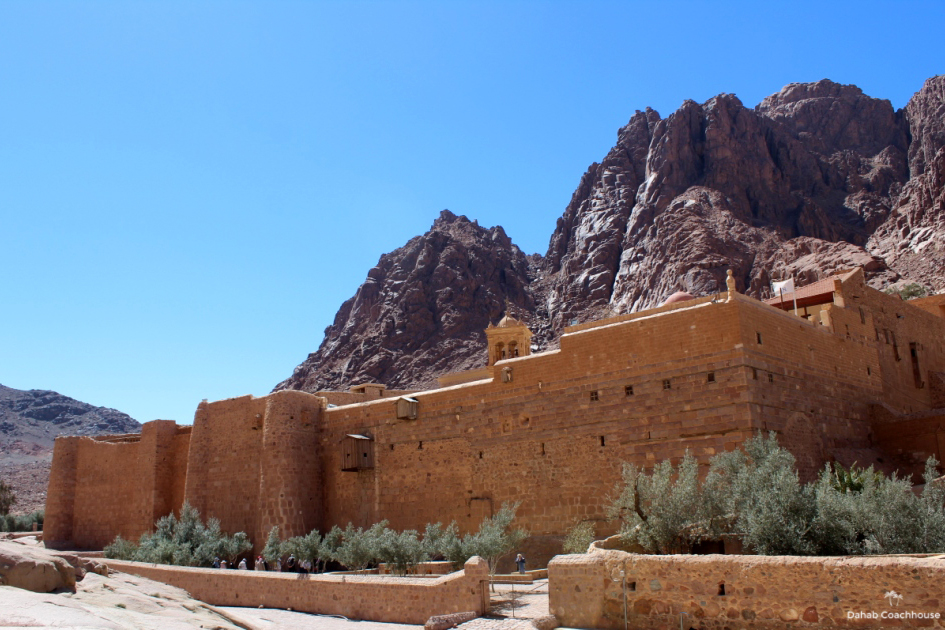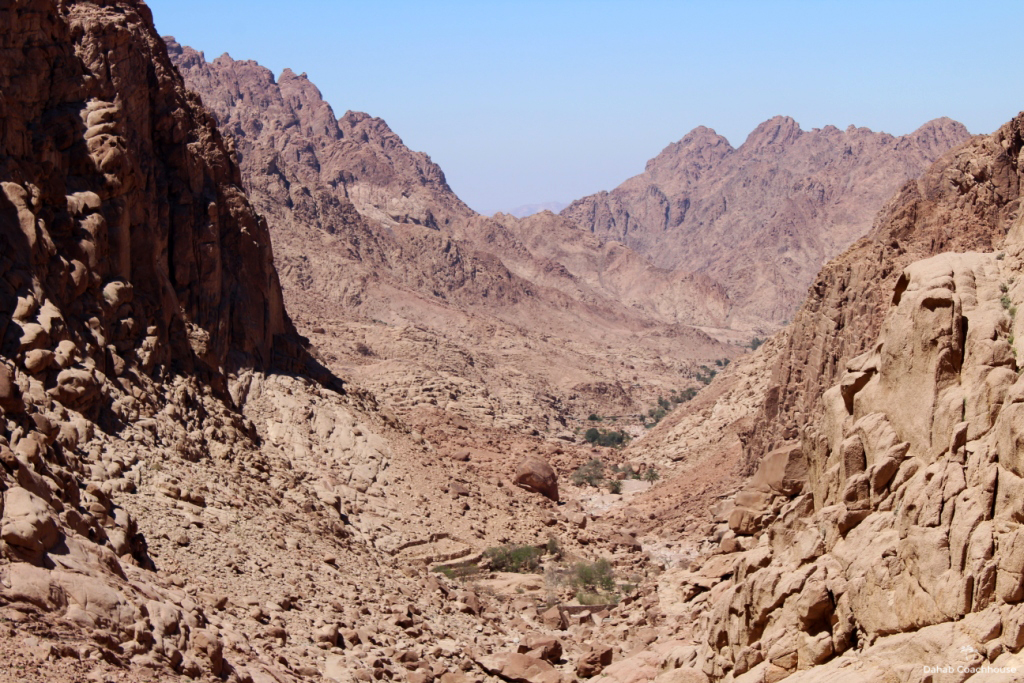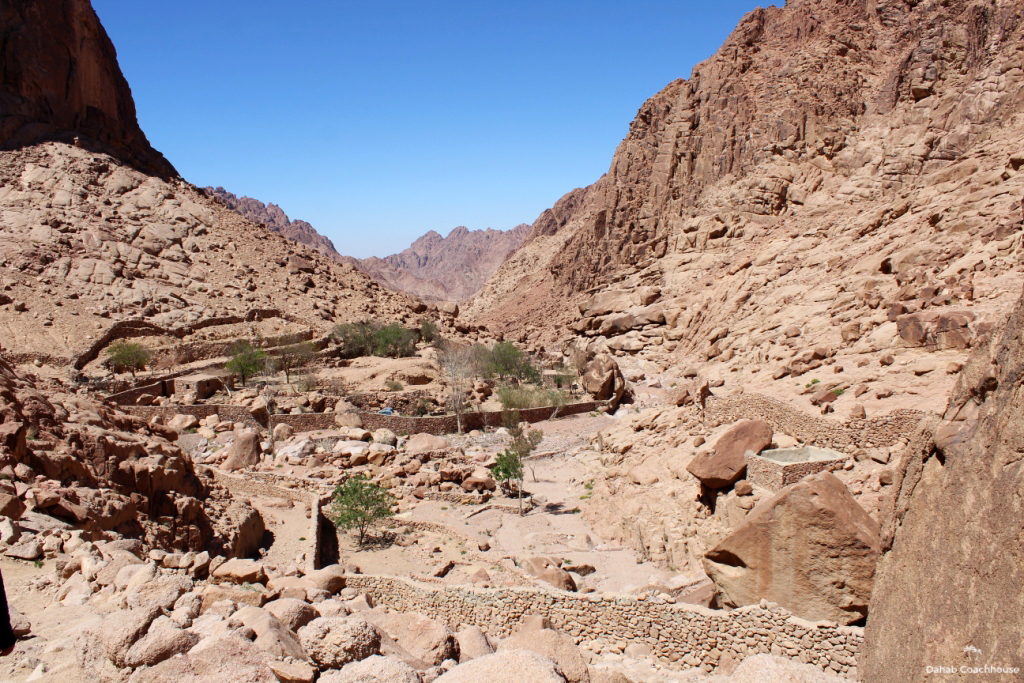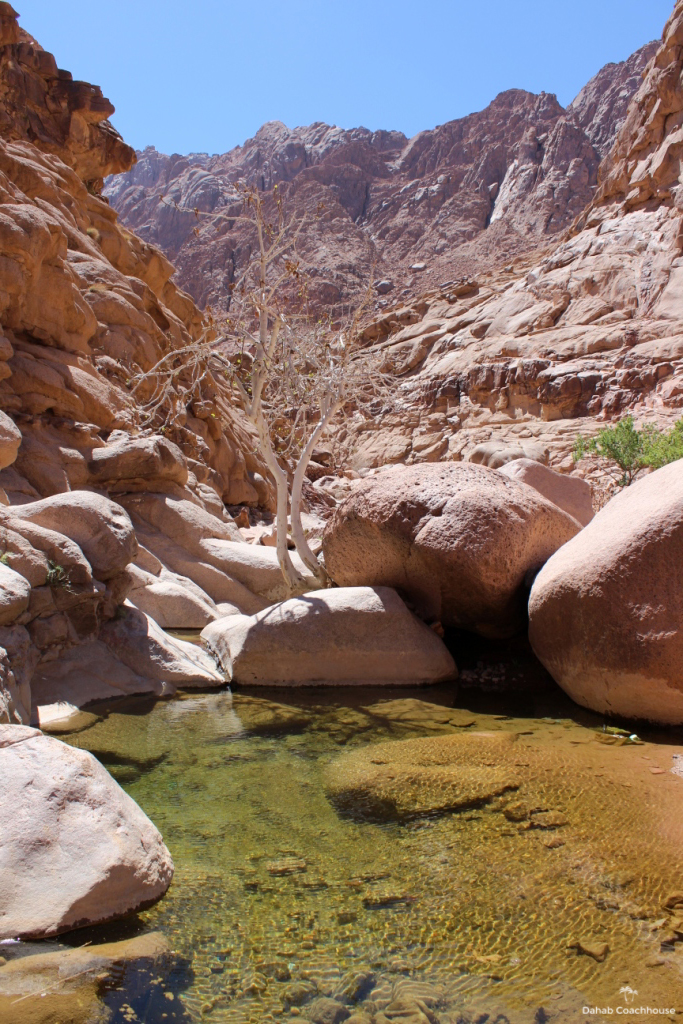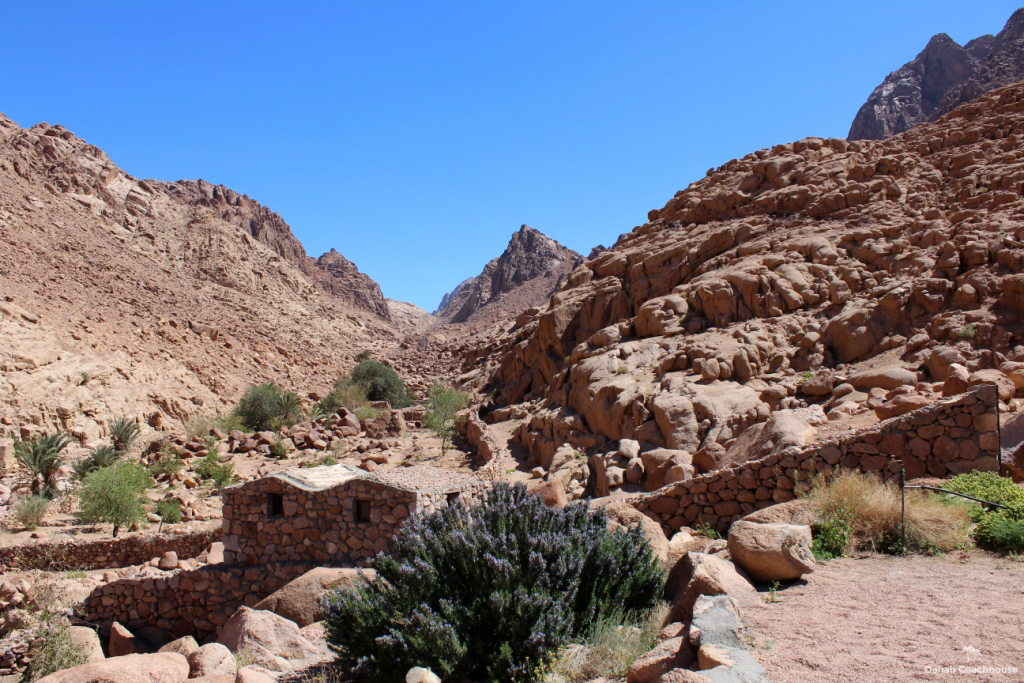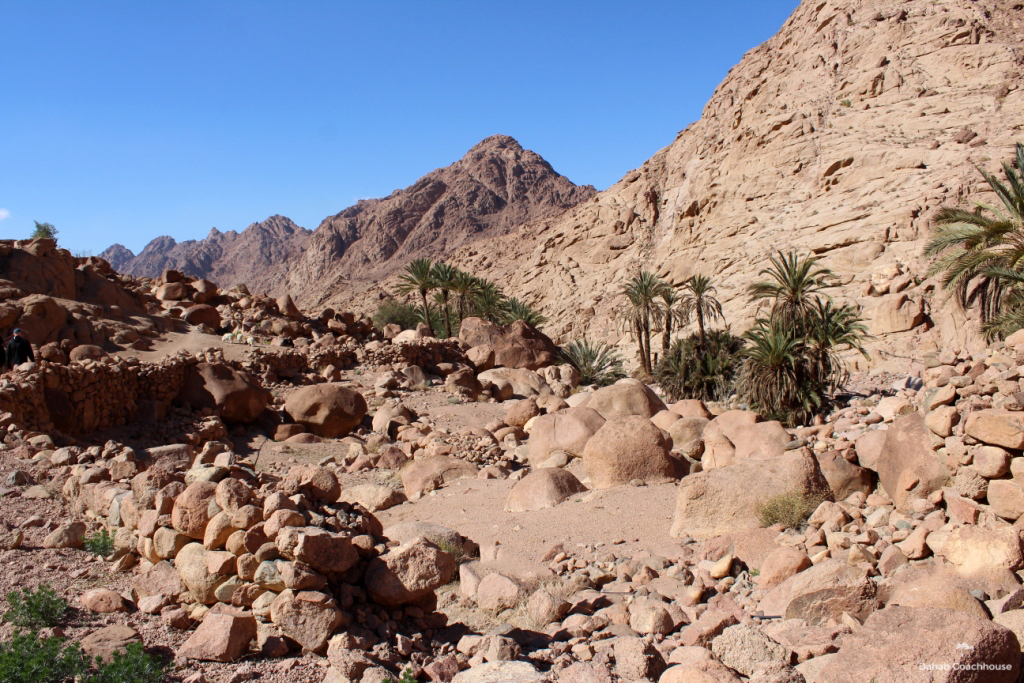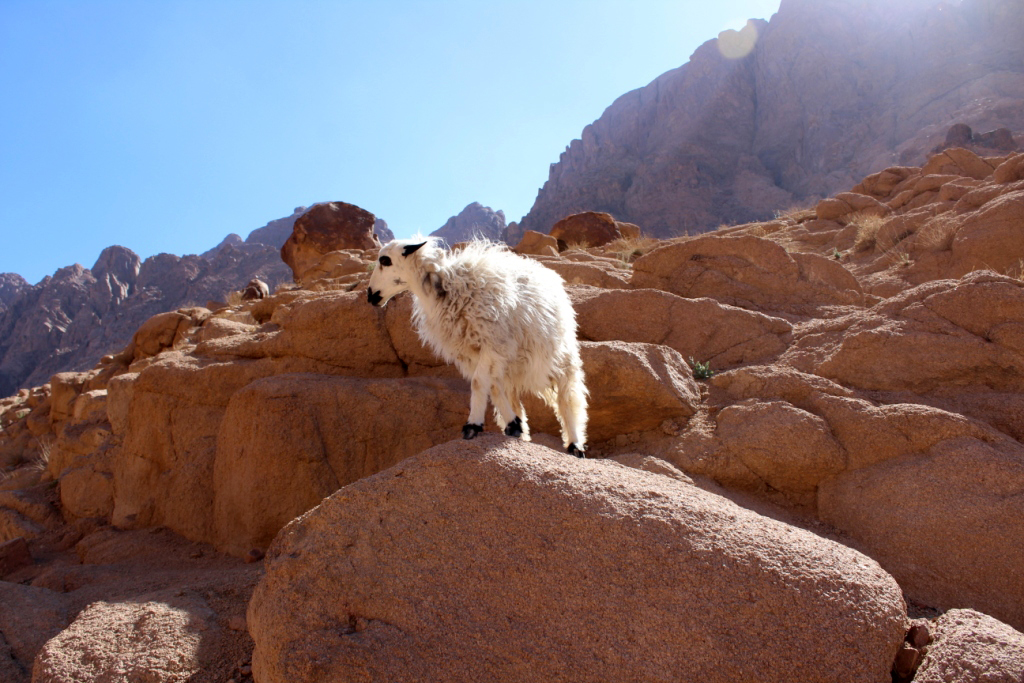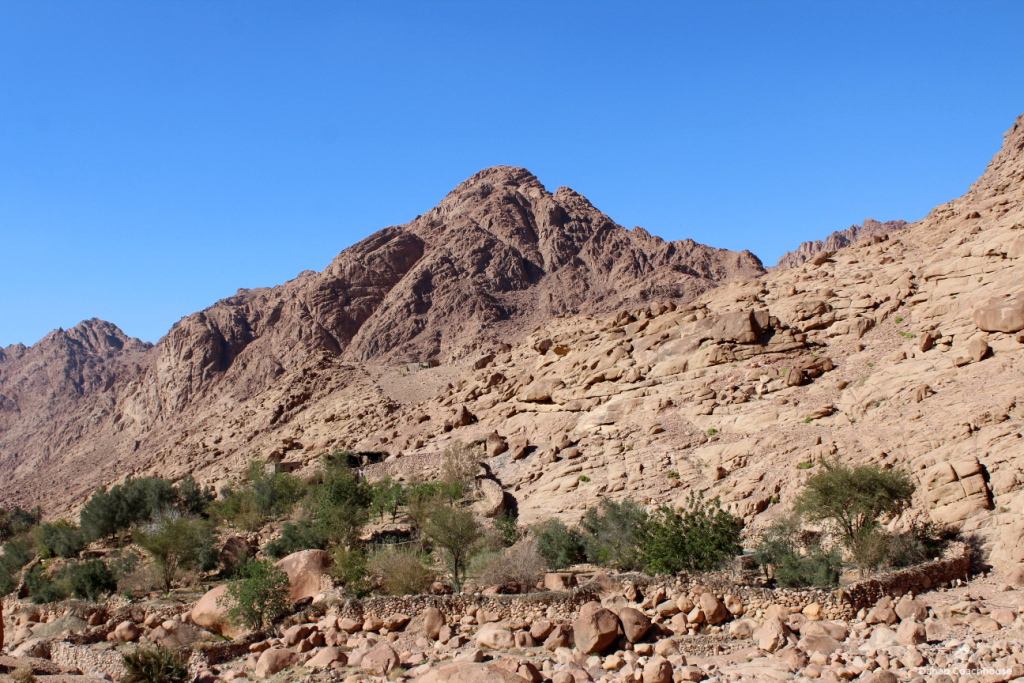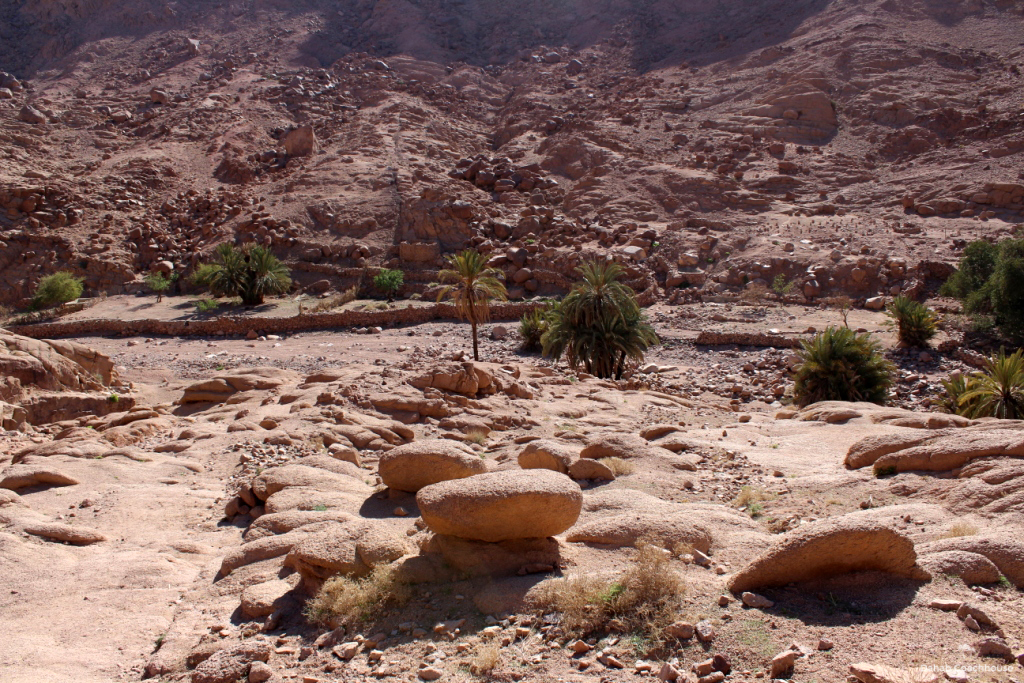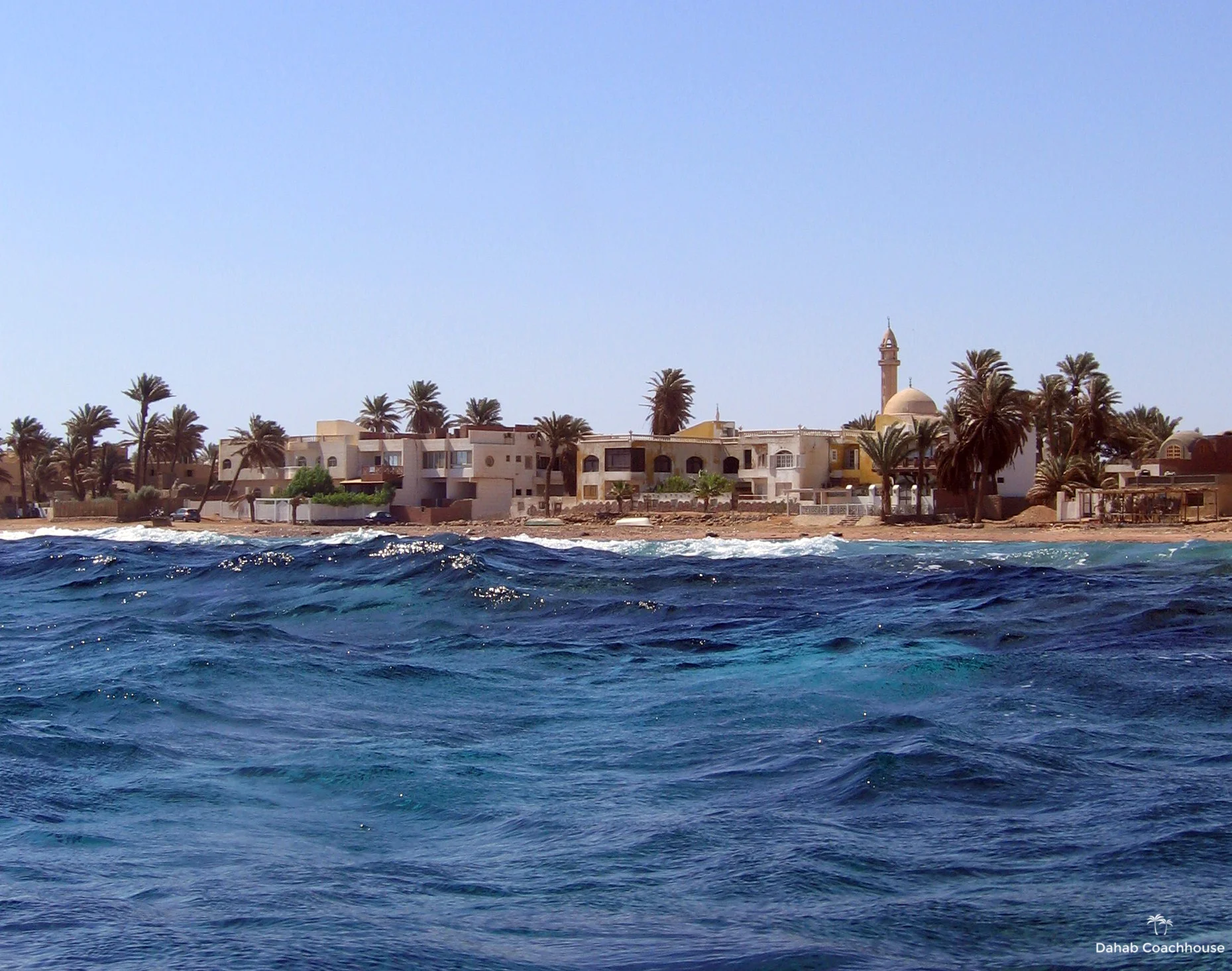Saint Catherine’s protectorate
/During a 2 hours drive from Dahab to St Catherine’s we encountered beautiful scenery; sandy plains and eroded rock formations. Upon entering the area we were met by our Bedouin guide Josef. The local Bedouins of the Saint Catherine’s area belong to the Jebeleya tribe, “The mountain people” . They are of Eastern European origin, not from Arabia as the other Bedouins of Sinai. They were brought to the area to protect and serve the Monastery.
St Catherine’s Monastery, constructed in the 6th century and built on the site where Moses is said to have encountered God speaking from a burning bush, is located 1500 metres above sea level at the base of Mt Sinai, also called Moses Mountain as this is where he received the Ten Commandments. The Monastery is one of the oldest in continuous use, and houses a library which is very well preserved and has the largest religious collection after the Vatican. The Monastery itself has been declared a UNESCO World Heritage site.
During the hike through narrow valleys and impressive rock formations, we encountered water pools, creeks and lush gardens. Saint Catherine’s protectorate contains a unique high altitude desert ecosystem as well as many historical and sacred sites to Jews, Christians and Muslims. The fresh mountain air and silence made the hike even more special.
Close to the small town of St Catherines , we visited the herbal doctor Ahmed who gave us a tour in his garden where he cultivates medicinal plants that have been used by the locals for centuries and are also found in the area of Saint Catherines, some endemic. The herbs are used for remedies such as arthritis, allergies, eczema, just to mention a few. We ended up buying a selection of his tasty tea, rosemary, oregano, and anise.
After a delicious lunch on top of a mountain with a stunning view, our journey ended. There is still so much to explore, and this is for sure a place we will be visiting more often.
